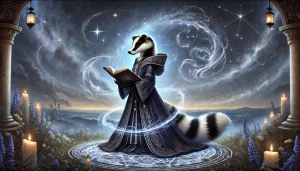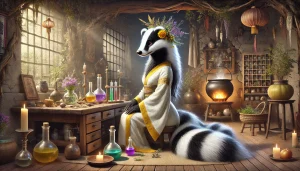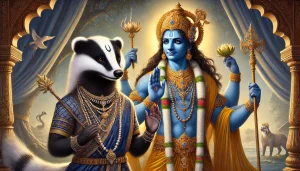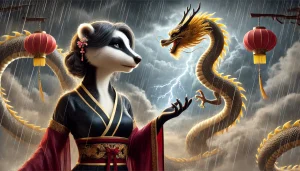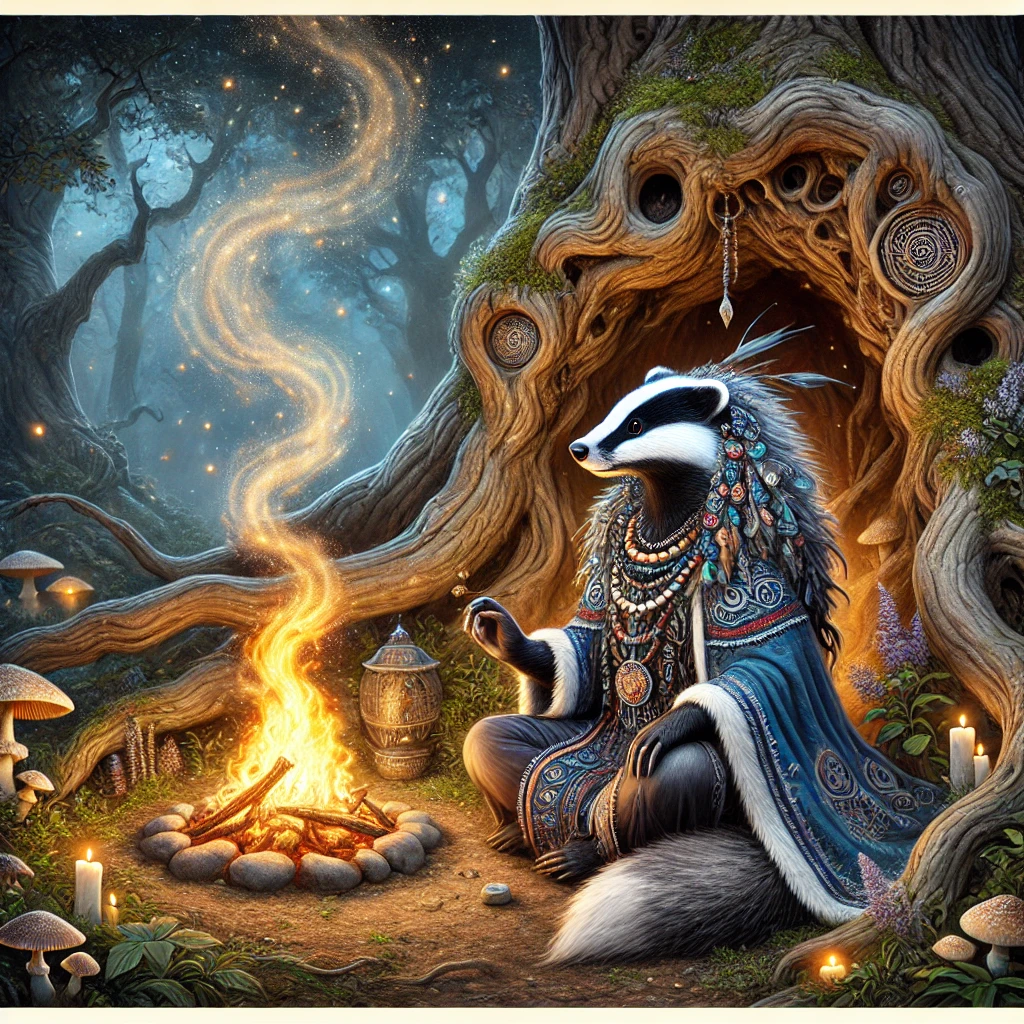
"Life as a River of Small Boats"
Life is like a long river, full of little boats, each one representing a soul on its journey. The river symbolizes the continuous flow of time and experiences, always moving forward, never stopping. From birth, we embark on our own boats, navigating the waters of existence.
Meetings and Connections
As we follow the course of the river, we cross paths with other boats. At times, our boats sail side by side, symbolizing the connections we make - friends, family, colleagues and partners. Some of these connections are deep and lasting, like boats that choose to sail together, facing the storms and calms of life.
Joint Navigation
During the journey, we share joys, overcome challenges and learn from each other. These periods of sailing together are precious because they enrich us and help us grow. Just as boats on a river can protect each other in storms, people who sail together offer each other emotional and practical support.
Separations
However, the course of the river is unpredictable, and sometimes the boats get separated. This can be due to different paths, new goals or simply the natural flow of life. These separations can be painful, but they are part of the journey. Each boat continues on its way, taking with it the memories and lessons learned in the time shared.
The Individual Journey
Even when we sail alone, we continue to follow the course of the river. The individual journey is unique, full of discoveries, reflections and self-knowledge. The challenges faced alone strengthen us and prepare us for future encounters.
The Final Destination
In the end, all the boats reach the river's final destination, where the waters meet the vast ocean. This destination symbolizes the end of life's journey, where all the experiences, encounters and separations culminate in a greater integration. On the ocean, all the boats become part of something vast, leaving a legacy of their individual journeys.

Meet Sila Wichó, the Guardian of Wisdom

Welcome to our sanctuary of wisdom and spirituality. Here, Sila Wichó, our shaman badger, will guide you on a journey of discovery and knowledge. A traveler between worlds, Sila carries with her the ancient wisdom of the cultures she has encountered on her journeys. Her mission is to share these precious lessons and help you find your own path to enlightenment.
By following Sila Wichó through the pages of our website, you will be invited to explore the depths of the spirit, to understand the mysteries of nature, and to connect with the knowledge that transcends time and space. Each page is a portal to a new experience, and Sila is here to ensure that your journey is enriching and full of discovery.
Let's go together, guided by Sila Wichó, in search of the wisdom that enlightens the soul and strengthens the spirit.
"Magic is the science and art of bringing about change in conformity with the will, either by the manipulation of natural forces or through acts of symbolism which connect the visible with the invisible, the tangible with the spiritual." - Aleister Crowley
Conjures: The Secret Language of the Universe
In the Flight of the Chinese Dragon: Magic for Prosperity and Balance
7 Essential Crystals: Energize Your Routine with Natural Power
Revitalize Your Energy: 12 Monthly Rituals That Change Everything
Potions and Elixirs: The Mystical Art of Preparing Magical Drinks
Salt: The Sacred Element and Its Magical Uses
"Mythologies are the beating heart of human culture, providing the stories and symbols that shape our worldview, our beliefs and our values. They serve as a bridge between the sacred and the profane, the ancient and the modern, offering a profound understanding of the universal experiences that connect all civilizations." - Joseph Campbell
The Nine-tailed Fox: Keeper of the Secrets between Worlds
The Creatures That Never Die: The Magic of Mythological Animals
Chinese Dragon: The Celestial Protector of the Five Elements
Vishnu: The Divine Preserver of the Hindu Universe
Athena: The Daughter of Wisdom and the Destiny of Zeus
Sumerian Mythology: The Legacy of the First Recorded Gods
"Oracles are portals through which the sacred communicates with the mortal world. They reveal not only the future, but also the hidden truths and possibilities that reside within us, guiding us on our journey of self-discovery and spiritual growth." - Author Unknown
The Mountain and Its Combinations in Lenormand
Lenormand Tarot: Unraveling the Mountain Card
Lenormand Tarot: Unraveling the Garden Card
The Garden and Its Combinations at Lenormand
The Tower and Its Combinations in Lenormand
Lenormand Tarot: Unraveling the Tower Card
"Tales and stories are the soul of human culture, passing on wisdom from generation to generation. They have the power to teach, inspire and connect people, revealing deep truths about life, love and the human condition.
"Shamanism is one of the oldest expressions of the human soul. It reminds us that the psyche has an inexhaustible fund of symbols and archetypal images that connect modern man to his ancestral and spiritual past, revealing a path to healing and transformation." - Carl Jung
Chinese Shamanism: The Art of Dancing with the Spirits
The Secrets of the Chinese Dragon in Ancestral Shamanism
Lessons from the Hyena: Honest Communication and Strong Ties
Lessons from the Lizard: Adaptability, Protection and Courage
Lessons from Cricket: Communication, Good Luck and Energy
The Wisdom of the Skunk: How to Attract and Repel with Elegance

Prayer of Gratitude and Connection with the Earth
"Great Spirit, Mother Earth, and all the sacred forces that surround us, we thank you for your blessings and for guiding our steps on this path. May we always walk in harmony with the rhythms of nature, listening to the voices of our ancestors and feeling the wisdom in every stone, every tree and every living being. May our actions be guided by love and respect for all forms of life, and may we find peace and clarity in our hearts. Aho!"


